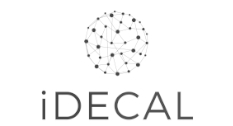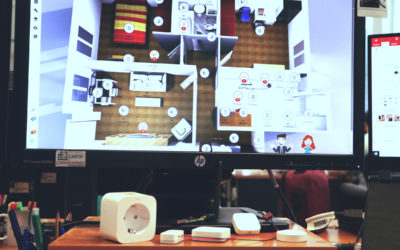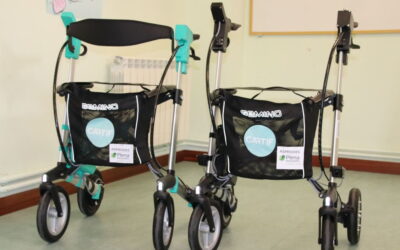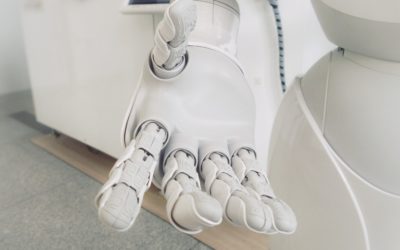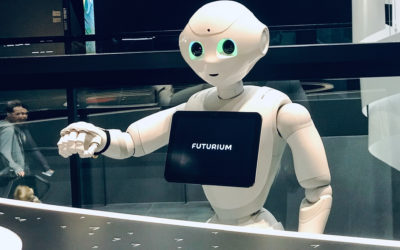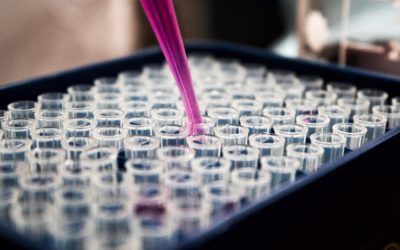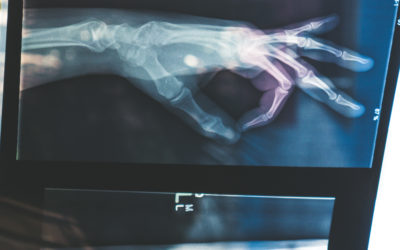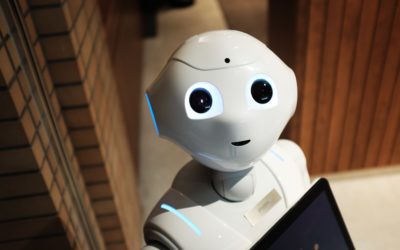CARTIF PROJECTS
SOLUCII
Analysis of patients in intensive care units
Description
The monitoring and life support equipment connected to a patient admitted to an ICU generate a large volume of information on the evolution of their vital signs. This information is very useful when it is properly recorded and processed for the development of indicators that allow better monitoring the evolution and diagnosis of its condition. These computers have a limited information storage capacity (24 to 48 hours) and this information may be lost.
The SOLUCII project (RTC-2015-4514-1) seeks to end this problem through a technical advance that allows the development of an innovative support system for the comprehensive analysis of patients in intensive care units with support for medical decisions based on ICTs.
Objectives
- Develop a set of technologies that can be easily exploited in other departmental solutions and are associated with the treatment of a wide range of pathologies.
- Manage and centralize information from various information devices and systems in order to overcome the limitations of current procedures and significantly improve the quality of care that the patient receives in the intensive care unit.
Actions
- Implement a system that takes into account the international standards HL7, OPEN EHR, CEN13606, CDA, Dicom, Arden syntax and x73 for the control of communications and interoperability between medical devices and other information systems, supporting the execution of a set of complex IT solutions.
Expected results
- This project has managed to make a tool available to ICU teams based on the requirements set by the service staff (both doctors and nursing staff) and therefore adapted to their needs, modular and interoperable with other information systems ( for example: Clinical Information Systems or Image Transmission and Storage Systems – PACS: Picture Archiving and Communication Systems).
Partners:
COLLABORATION CHALLENGES
RTC-2015-4514-1
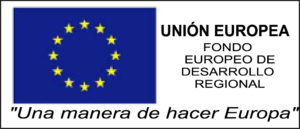
Total budget: 621,872 €
CARTIF Grant: 538,417 €
Duration: 2015-2017
Responsible
Alejandro Cuadrado de la Oza
Industrial and Digital Systems Division
Networking
Health projects:
ROSBAC
The objective is to develop a new generation of Socio-Bio-Cooperative robotic devices based on haptic technology combined with the novel Socio-Bio-Cooperative control approach to robotic systems, which proposes to use the biophysical signals of the users to adapt their reaction to the user’s state.
EIAROB
CARTIF PROJECTS EIAROBAmbient intelligence ecosystem for the support of long-term care at home using social botsDescriptionEIAROB project has as main objective promote the autonomy and quality life of elder and dependent people. The project is articulated in 3 axes:...
PROCURA
PROCURA aims at the realisation of two innovative social and health care solutions for active ageing and independent living, going beyond the current specifications available on the market and allowing the piloting of innovative technologies in the experimental environment of a living lab.
IDET
IDET is an innovative project aimet at creating a set of technologies that backbone an integrated development environment that facilitates the creation of rehabilitation therapies for robotic systems.
AIROSO
At AIROSO Project, progress will be made in integrating robotics into society, progressing in two directions: the coexistence of social robots with older people and human-robot interaction using robotic heads.
CYTOPREP
The objective of the CytoPrep project is the design and development of an integral solution consisting of new reagents, devices and equipment. Which are part of a new methodolody for the preparation of samples for analysisi by flow cytometry (CMF).
Sharem
The main objective of SHAREM is to design, develop and validate a modular and configurable robotic system, for the realization of rehabilitation, habilitation or stimulation therapies of the upper limbs.
Social&Smart-SANDS
Social&Smart-SANDS it´s about creating a protocol by which household appliances can exchange information on use and results and learn from it to achieve more efficient operations.
E2REBOT
E2REBOT is based on the integrated appplication of a wide spectrum of technologies for movement control and force interaction: mechatronics, virtual reality, haptic control, interfaces and bio-feedback.

